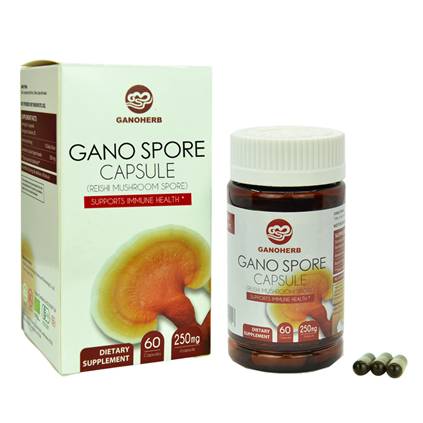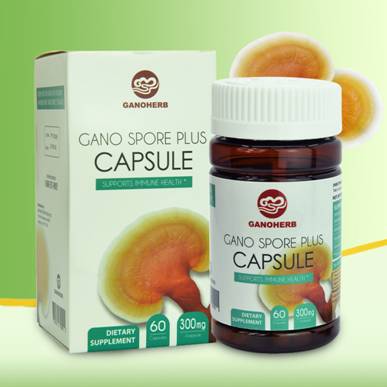How to choose a hospital centrifuge
Centrifuge is one of the most commonly used basic equipment in the laboratory. It is widely used in hospital laboratories, centrifuges to separate serum, precipitate tangible cells, concentrate bacteria, PCR tests and other essential tools.
Choose a common centrifuge, depending on the size of the workload, mainly from the two aspects of speed and capacity. The following is a detailed description of the issues that should be noted when purchasing precision centrifuges:
(1) Rotating speed: Centrifuge is divided into low speed centrifuge (<10000rpm/min), high speed centrifuge (1 0000 rpm/min 30,000 rpm/min) and ultra high speed centrifuge (>30000 rpm/min according to the maximum speed. ), each centrifuge has a rated maximum speed, and the maximum speed refers to the speed under no-load conditions, but the maximum speed varies depending on the type of rotor and the quality of the sample. For example, a centrifuge rated at 16,000 rpm/min indicates that the rotor rotates 16,000 times per minute at no load, and after the sample is added, the speed must be less than 16000 rpm/min. Different rotors, the maximum speed is different (one imported centrifuge can be equipped with multiple rotors, and a few manufacturers of domestic centrifuges have successfully developed such technologies, such as TG16 desktop high-speed centrifuge, TGL16, TGL20 desktop high-speed refrigerated centrifuge, A variety of models can be loaded with 16 rotors, which can be used in one machine.), the horizontal rotor can reach 1 5000 rpm / min, but the angle rotor can reach about 14,000 rpm / min (I Changsha Yingtai centrifuge factory production The maximum speed of the angle rotor can reach 21000r/min. The specific difference should be consulted in detail with the product sales personnel and the relevant technical personnel of the production plant. Therefore, the choice of the speed should be cautious, and the maximum speed of the selected centrifuge should be higher than the target speed. For example, the target speed is 16000 rpm/mIn, and the maximum speed of the selected centrifuge must be higher than 16000 rpm/min. Generally, the separation effect mainly depends on the rotation speed, but the centrifugal force. Therefore, sometimes the rotation speed does not meet the requirements, as long as the centrifugal force can reach the standard, the experiment can achieve the desired effect. Centrifugal force calculation formula: RCF = 11.2 × R × (r / min / 1000) 2 R represents the centrifugal radius, r / min represents the rotational speed.
(2) Temperature: Some samples (such as proteins, cells, etc.) will be destroyed under high temperature conditions. This is to choose a refrigerated centrifuge. The refrigerated centrifuge has a rated temperature range. The heat generated by the centrifuge at high speed is balanced with the refrigeration system of the centrifuge at a certain temperature (the sample for general freeze centrifugation needs to be kept at 3 ° C ~ 8 ° C), and the specific amount can be related to the rotor, such as a centrifuge The rated temperature range is -10 ° C ~ 60 ° C, the horizontal rotor can be rotated to about 3 ° C when installed, if the angle rotor may only be about 7 ° C. This should also be consulted in detail about the product sales staff and the relevant technical personnel of the production plant.
(3) Capacity: How many sample tubes need to be centrifuged each time 7 How much capacity is needed for each sample tube 7 These factors determine the total capacity of a centrifuge, simply the total volume of the centrifuge = the capacity of each centrifuge tube × centrifugation The number of tubes, the total capacity and the size of the workload are matched.
(4) Rotor: The rotor of the centrifuge is mainly divided into two types: horizontal rotor: the running blue is in a horizontal state during operation, at right angles to the rotating shaft, and the sample concentrates the sediment on the bottom of the centrifuge tube: the angle rotor: the centrifugal container is fixed with the rotating shaft At the angle, the sample concentrates the sediment on the bottom of the centrifuge tube and the side wall near the bottom. If you want the separated sample to be concentrated at the bottom of the centrifuge tube, select the horizontal rotor. If you want the sample to concentrate on the bottom of the centrifuge tube and the side wall near the bottom, select the angle rotor.
There are also special tests or special samples that require special rotors such as large-capacity baskets (used for blood stations), ELISA plate rotors, slide rotors, PCR rotors, test tube rotors, and capillary rotors. The rotor has a fixed size, which is combined with the capacity of the centrifuge, such as the 36 × 5 ml angle rotor, which determines the type of rotor and determines the capacity of the centrifuge, so the choice of the rotor is very important.
(5) Control system: High-end centrifuges use microcomputer control systems. These control systems not only ensure the safe operation of the centrifuge but also automatically complete the task. Now many centrifuges have a better humanized control system. For example: rotor identification function, safety lock function, fault prompt function, acceleration and deceleration curves, and so on. In addition to the above points, pay attention to some details and necessary accessories. The main component of the centrifuge is the motor. The motor is divided into a carbon brush motor and a carbonless brush motor. The former has been eliminated. Most of the current centrifuges are brushless motors, and some motors also have a brake function. Refrigerated centrifuges also differ in terms of refrigeration, and now environmentally friendly technologies are of course fluorine-free refrigeration. In addition to this, consider the noise problem and try to choose a quieter centrifuge to maintain a comfortable experimental environment. Care should be taken in the accessories. In some experiments, special centrifuge tubes (centrifugal toxic samples or samples requiring ultra-high-speed centrifugation) should be used. Such centrifuge tubes must be equipped with corresponding sleeves for safety. There are also some special sample containers (irregular vials, blood bags, etc.). These details and accessories must be carefully considered when selecting a centrifuge, otherwise normal operation will not be possible.
Ganoderma Capsule (Reishi Capsule/Lingzhi capsule) is made of USDA certified organic Ganoderma Lucidum spore powder. The Ganoderma used for this product is 100% organic and comes from our self-built Ganoderma farm, which has acquired 4 organic certificates from China, Japan, the US and the EU. During the cultivation process, not any pesticide, herbicide, or chemical fertilizer was used at all. The capsule shell we used is called Vcap vegetable capsule shell which is made of 100% plant fiber and is more stable and safer compared to regular gelatin capsule. GANOHERB guarantees that all of our product do not contain any additive, hormone, or chemically synthesized matter.

The Ganoderma spore powder inside the capsule is rich in Ganoderma Lucidum polysaccharides and triterpenes, which help enhance overall immunity, preventing diseases and infections. In order to make the nutrients inside can be easily absorbed by human body and prevent oxidation at the same time, we use a patented technology called low temperature physical shell-breaking technology to break the cell wall of the spore powder. The wall-broken rate can reach as high as 99.5%.

Ganoderma Capsule
Ganoderma Capsule,Reishi Capsule,Reishi Mushroom Capsule,Ganoderma Lucidum Capsule,Herbal Capsule,Lingzhi Capsule
Ganoherb International Inc. , http://www.ganoherb.us